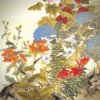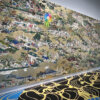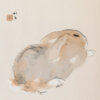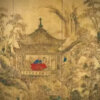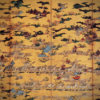History of Japanese God Statues: Monk-like God Statues
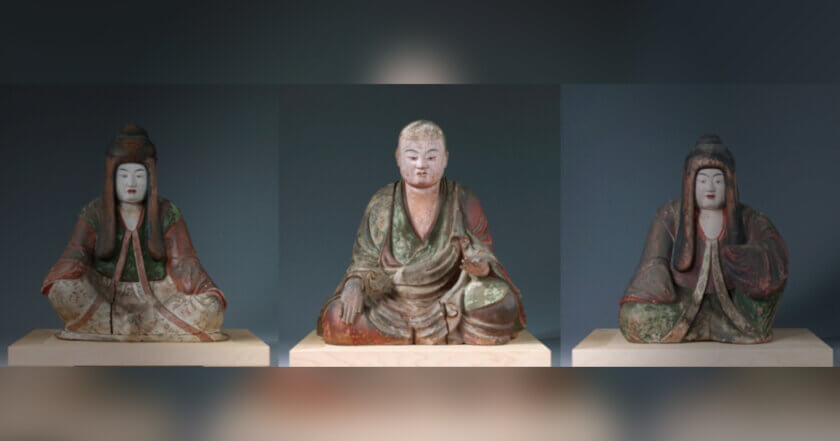
In the history of Japanese faith, gods were long worshiped as invisible beings.
However, with the advent of Buddhism, profound changes were brought to religious expressions.
The culture of Buddhist statues and temples introduced by Buddhism deeply influenced Japan’s religious representations.
Amidst these changes, a thought emerged suggesting that gods, too, should be visually represented like Buddhist statues.
In line with this idea, a unique representation of Japanese gods was born – god statues in the form of Buddhist monks.
These were created under the notion that Japanese gods had entered the Buddhist order.
The most famous of these is the Monk-like Hachiman deity statue. Particularly well-known is the statue located in Yakushi-ji Temple’s Hachiman Shrine in Nara.
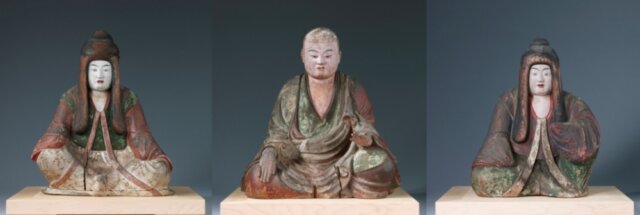
However, during the Meiji era, policies such as the Separation of Shinto and Buddhism and the Abolition of Buddhism deemed it inappropriate for gods to be depicted in monk attire.
As a result, many monk-like god statues were discarded, relocated, or sold, leaving only a few in existence today.
The history of these statues illustrates how Japanese religious culture adapted and created unique forms by embracing influences from different religions. It also serves as a lesson in how much cultural value was lost due to the policies of the Meiji era. The few remaining monk-like Hachiman deity statues continue to convey their precious historical worth to many people even today.

